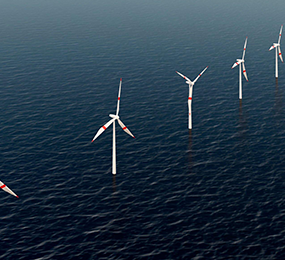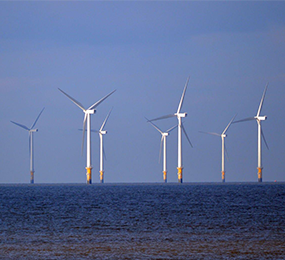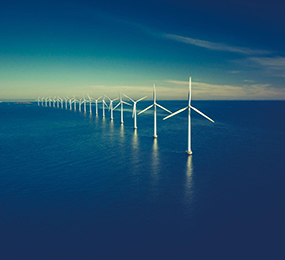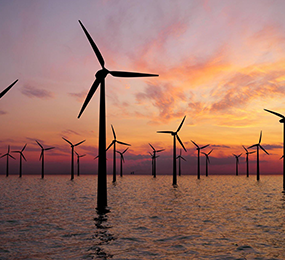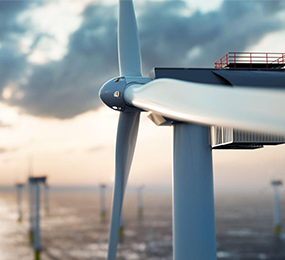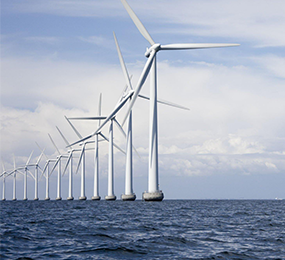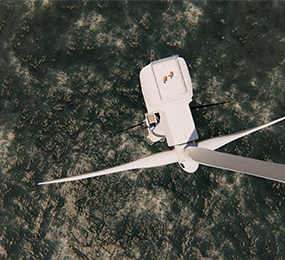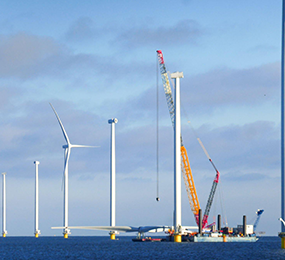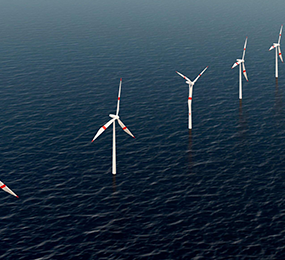How to Industrialize the Floating Wind Sector
Wind Energy Technologies
The wind turbine is the most well-known and easily recognized kind of wind power technology.
The blades are attached to a rotor on the wind turbine's column. The wind blows the blades, causing the rotor to spin. The kinetic energy is converted into electricity when the spinning rotor spins an electrical generator. The produced power is subsequently fed into the system for human consumption.
Innovative Energy Technologies
So, which upcoming technologies will improve the efficiency of wind energy? The efficiency of a wind turbine is determined by the size of the turbine and the length of its blades. As a result, research into novel wind technology has frequently concentrated on these two areas. Because of technical developments in manufacturing and materials, such as 3D printing, blades are now longer, lighter, and more robust. Different blade designs, such as those with curved tips that capture the wind more efficiently, have also been produced via research.
Other novel energy technologies developed to increase the efficiency of wind energy include:
• Wind deflecting turbines. Wind is diverted from the turbine tower to the blades, capturing energy that would otherwise be wasted.
• Digital Twin simulation systems. Allow remote wind turbine and farm setup for maximum performance.
• 3D simulations and modeling. Allows for the evaluation of novel technologies or turbine designs prior to field testing.
• Intelligent blades. Capable of adjusting to wind flow to maintain top performance and efficiency.
The Wind Energy Future
Wind energy technology is always evolving and improving. In addition to the advancements listed above, the future of wind energy extends beyond traditional turbines:
AWE (Airborne Wind Energy):
Airborne Wind Energy is similar to a wind turbine without the tower (AWE). Instead of a tower, the rotor is attached to the ground. AWE floats in the air like a kite, generating energy when the wind moves the blades. Manufacturing and installation expenses are substantially lower without the tower. AWE has the ability to reach higher heights and exploit stronger winds, particularly offshore. More study is needed, but this is an emerging technology that will improve the efficiency of wind energy in the future.
Offshore Floating Turbines:
Traditional offshore wind turbines are constructed into the seafloor to withstand high sea winds. Offshore floating turbines do not require a seabed base. They 'float' on platforms that are tied or anchored. Offshore floating turbines are suited for deep sea environments where the wind is stronger.
Bladeless Turbines: The notion of bladeless turbines is intriguing on the surface. Rather than rotating the blades, the wind's vibrations create power. Such turbines would be lighter, quieter, and far less expensive if the huge and heavy blades were removed.
Wind Energy and the Dashboard
The future of wind energy is diverse and fascinating, and Dashboard is eager to play a role in defining it.
To learn more about the, please check here: https://bit.ly/3WI81v2
For more information contact us: [email protected]
Leadvent Group - Industry Leading Events for Business Leaders!


